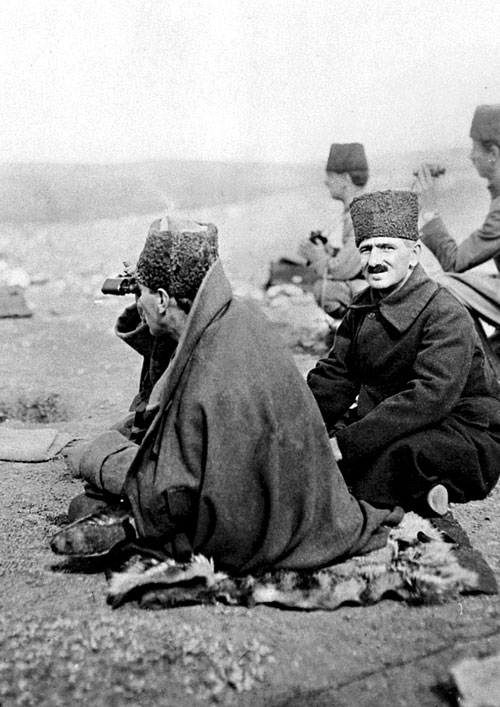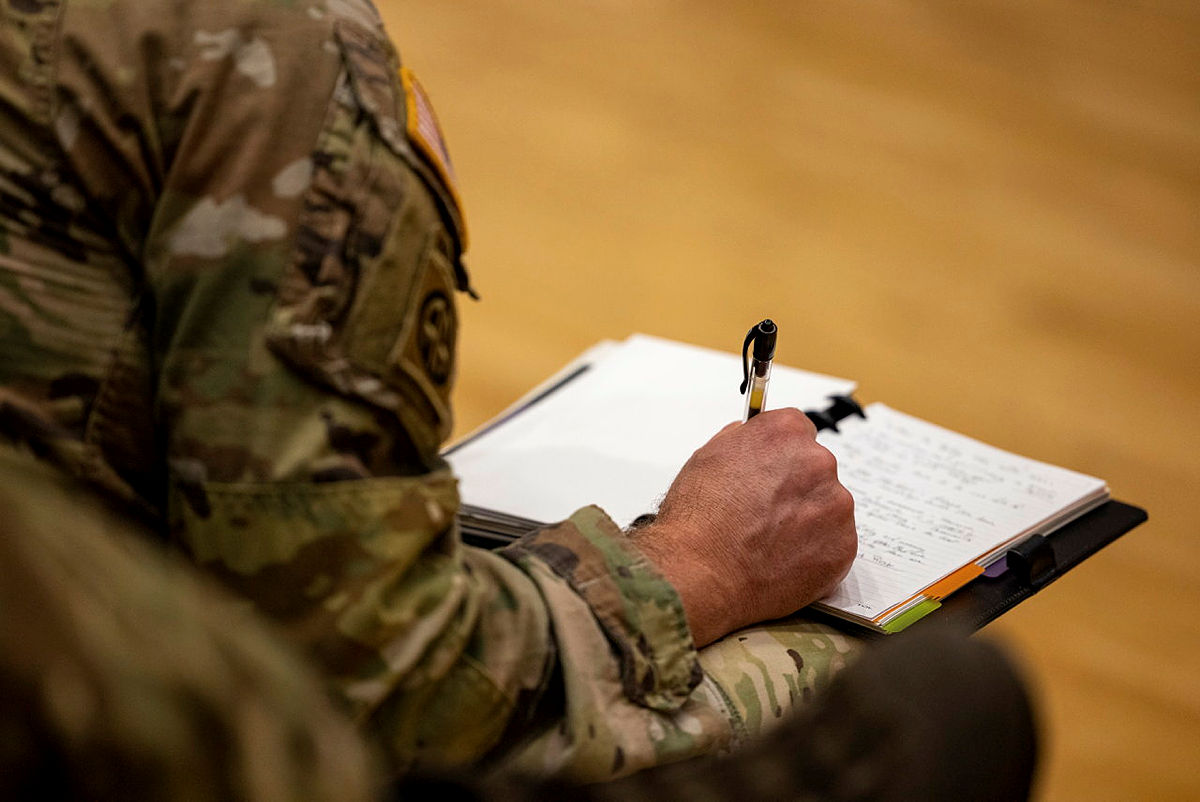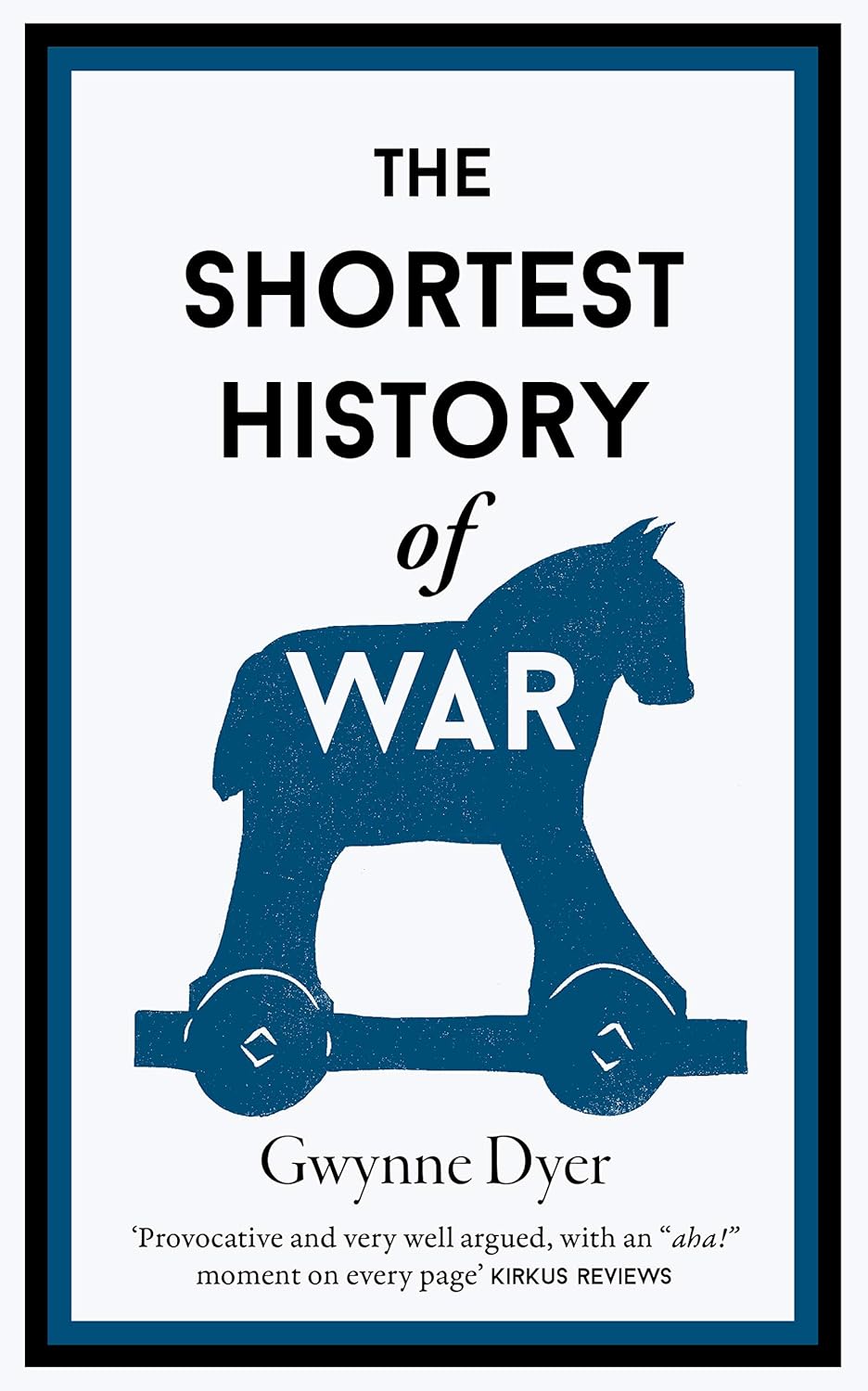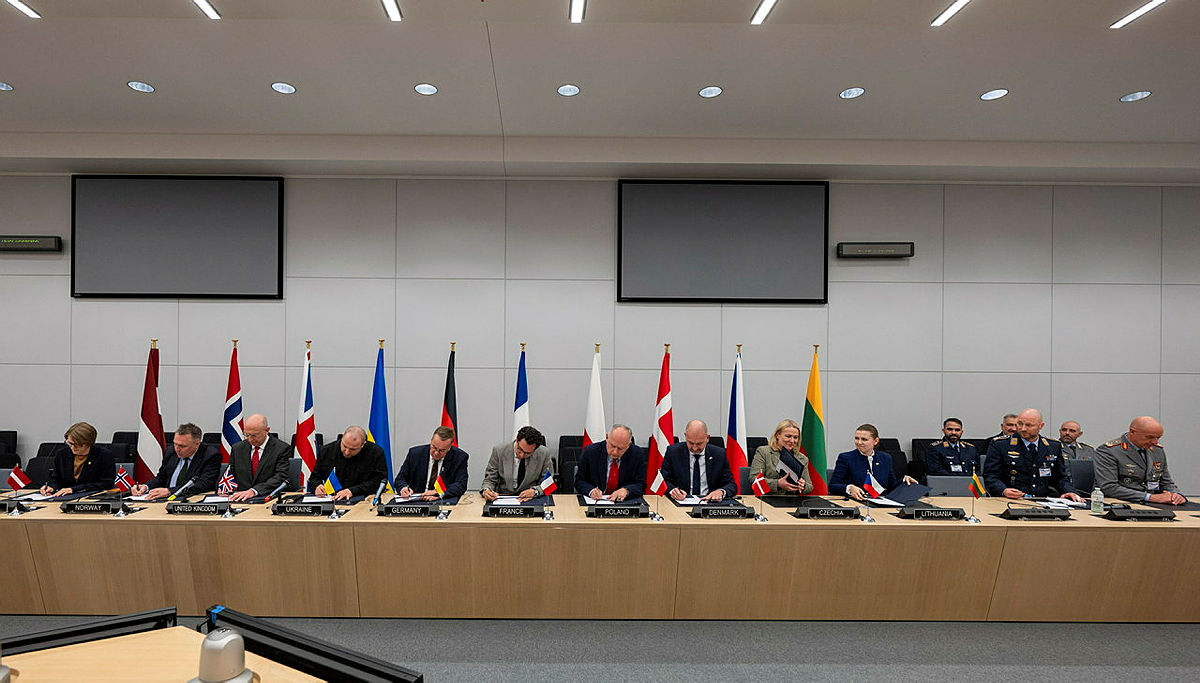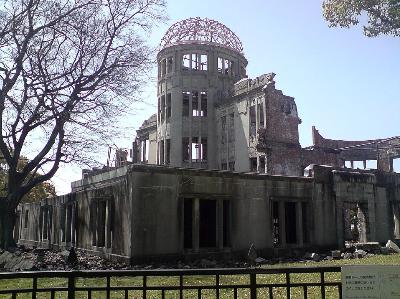Lessons from the Greco-Turkish War
Update: 2025-11-19
Description
The Greco-Turkish War was one of the largest and most consequential conflicts of the interwar period, spanning the period between World War I and World War II. It was a significant factor in the overall trajectory of the modern Middle East. The Hellenic Kingdom looked to expand its territory to connect with the Greeks of Asia Minor.
In contrast, the nationalist forces under Mustafa Kemal looked to repel the Greek army and simultaneously expel foreign militaries to create a Turkish state. The war intertwined the Entente powers and revealed key lessons in logistics, the importance of a competent officer corps, and the use of key terrain to a defensive advantage, insights that can be studied for modern warfare today.
Beginnings of the Greco-Turkish
Against the backdrop of the capitulation of the Ottoman Empire, the remaining territories of the Middle East were placed under zones of influence (Sykes-Picot). In contrast, Asia Minor was put under full military occupation by several nations. The remnants of the Ottoman Empire were carved into a rump state by several nations.
Turkish nationalist forces would conduct an insurgency led by Mustafa Kemal, a skilled military commander who had defeated British forces at Gallipoli, thereby securing their own state without foreign occupation. The Entente was overstretched, and its citizens felt the economic brunt of WWI, which made it hard for countries such as the UK and France to allocate sufficient forces capable of defeating the factions of Turkish nationalists. Instead, the British would support a key ally in the Mediterranean to defeat the Turkish army - the Hellenic Kingdom of Greece.
During WWI, the Hellenic Kingdom, overseen by King Constantine I, initially decided to remain neutral despite having a pro-German government. This act caused anger among the Entente and pro-intervention Greek faction (the Venizelists), which resulted in Britain, France, and the latter exiling the then-monarch.
The new government, led by Prime Minister Eleftherios Venizelos, adopted a core policy of irredentism regarding the historical Greek lands of Asia Minor, known as the Megali Idea. Furthermore, alongside Armenians, the remaining Greeks under the empire suffered from gruesome massacres amounting to genocide at the hands of the Ottomans in regions such as Eastern Thrace and Pontus, which also became another factor to initiate the war.
With the military backing of London and Paris, who sought to quell the Kemalist insurgency that posed a threat to their zones of influence in Asia Minor, Athens initiated the Greco-Turkish War on May 15, 1919, during the naval landing in Smyrna.
Early Hellenic Army Victories
The Hellenic expeditionary army quickly secured the Greek mandate of Smyrna, then secured the outlying cities of Aydin, Menemen, Bergama, Ayvalik, and Cesme. After consolidating tens of thousands of troops, the British and Hellenic army would move to secure cities near the Sea of Marmara during the 1920 summer offensive.
The Greek army captured the cities of Panormos, Izmit, Mudanya, Bursa, and Usak, securing much of Western Anatolia for both Athens and London. A Turkish counterattack at Gediz proved inconclusive before the winter set in.
In Greece, King Alexander died from a monkey infection, and citizens felt from WWI and now feeling exhausted from an inconclusive campaign at the time in Asia Minor. A pro-royalist faction would win the upcoming elections, which would oust Venizelos as PM, who was replaced by Dimitrios Gounaris. The November 1920 elections would play a consequential turning point in the war going forward in 1921 and 1922.
Athens Overstretched Its Logistics and Allied Support Wears Thin
Instead of continuing to secure the coastlines where the Hellenic and British navies could provide maritime and logistical support, the Greek army pushed into Central Anatolia to defeat the Turkish nationalist forces for good. Later in the war, several Turkish factions organized into a more cohesive...
In contrast, the nationalist forces under Mustafa Kemal looked to repel the Greek army and simultaneously expel foreign militaries to create a Turkish state. The war intertwined the Entente powers and revealed key lessons in logistics, the importance of a competent officer corps, and the use of key terrain to a defensive advantage, insights that can be studied for modern warfare today.
Beginnings of the Greco-Turkish
Against the backdrop of the capitulation of the Ottoman Empire, the remaining territories of the Middle East were placed under zones of influence (Sykes-Picot). In contrast, Asia Minor was put under full military occupation by several nations. The remnants of the Ottoman Empire were carved into a rump state by several nations.
Turkish nationalist forces would conduct an insurgency led by Mustafa Kemal, a skilled military commander who had defeated British forces at Gallipoli, thereby securing their own state without foreign occupation. The Entente was overstretched, and its citizens felt the economic brunt of WWI, which made it hard for countries such as the UK and France to allocate sufficient forces capable of defeating the factions of Turkish nationalists. Instead, the British would support a key ally in the Mediterranean to defeat the Turkish army - the Hellenic Kingdom of Greece.
During WWI, the Hellenic Kingdom, overseen by King Constantine I, initially decided to remain neutral despite having a pro-German government. This act caused anger among the Entente and pro-intervention Greek faction (the Venizelists), which resulted in Britain, France, and the latter exiling the then-monarch.
The new government, led by Prime Minister Eleftherios Venizelos, adopted a core policy of irredentism regarding the historical Greek lands of Asia Minor, known as the Megali Idea. Furthermore, alongside Armenians, the remaining Greeks under the empire suffered from gruesome massacres amounting to genocide at the hands of the Ottomans in regions such as Eastern Thrace and Pontus, which also became another factor to initiate the war.
With the military backing of London and Paris, who sought to quell the Kemalist insurgency that posed a threat to their zones of influence in Asia Minor, Athens initiated the Greco-Turkish War on May 15, 1919, during the naval landing in Smyrna.
Early Hellenic Army Victories
The Hellenic expeditionary army quickly secured the Greek mandate of Smyrna, then secured the outlying cities of Aydin, Menemen, Bergama, Ayvalik, and Cesme. After consolidating tens of thousands of troops, the British and Hellenic army would move to secure cities near the Sea of Marmara during the 1920 summer offensive.
The Greek army captured the cities of Panormos, Izmit, Mudanya, Bursa, and Usak, securing much of Western Anatolia for both Athens and London. A Turkish counterattack at Gediz proved inconclusive before the winter set in.
In Greece, King Alexander died from a monkey infection, and citizens felt from WWI and now feeling exhausted from an inconclusive campaign at the time in Asia Minor. A pro-royalist faction would win the upcoming elections, which would oust Venizelos as PM, who was replaced by Dimitrios Gounaris. The November 1920 elections would play a consequential turning point in the war going forward in 1921 and 1922.
Athens Overstretched Its Logistics and Allied Support Wears Thin
Instead of continuing to secure the coastlines where the Hellenic and British navies could provide maritime and logistical support, the Greek army pushed into Central Anatolia to defeat the Turkish nationalist forces for good. Later in the war, several Turkish factions organized into a more cohesive...
Comments
In Channel

